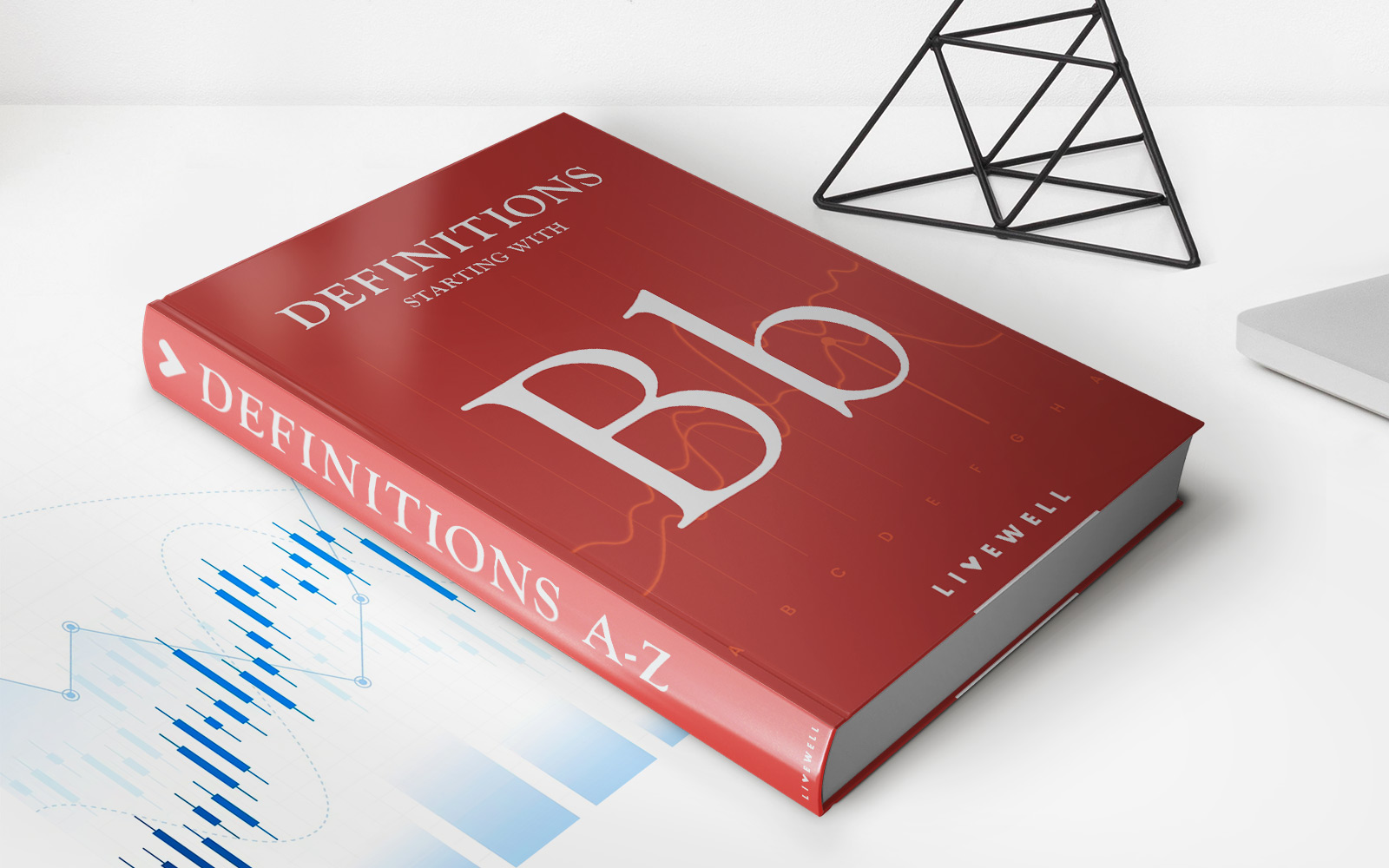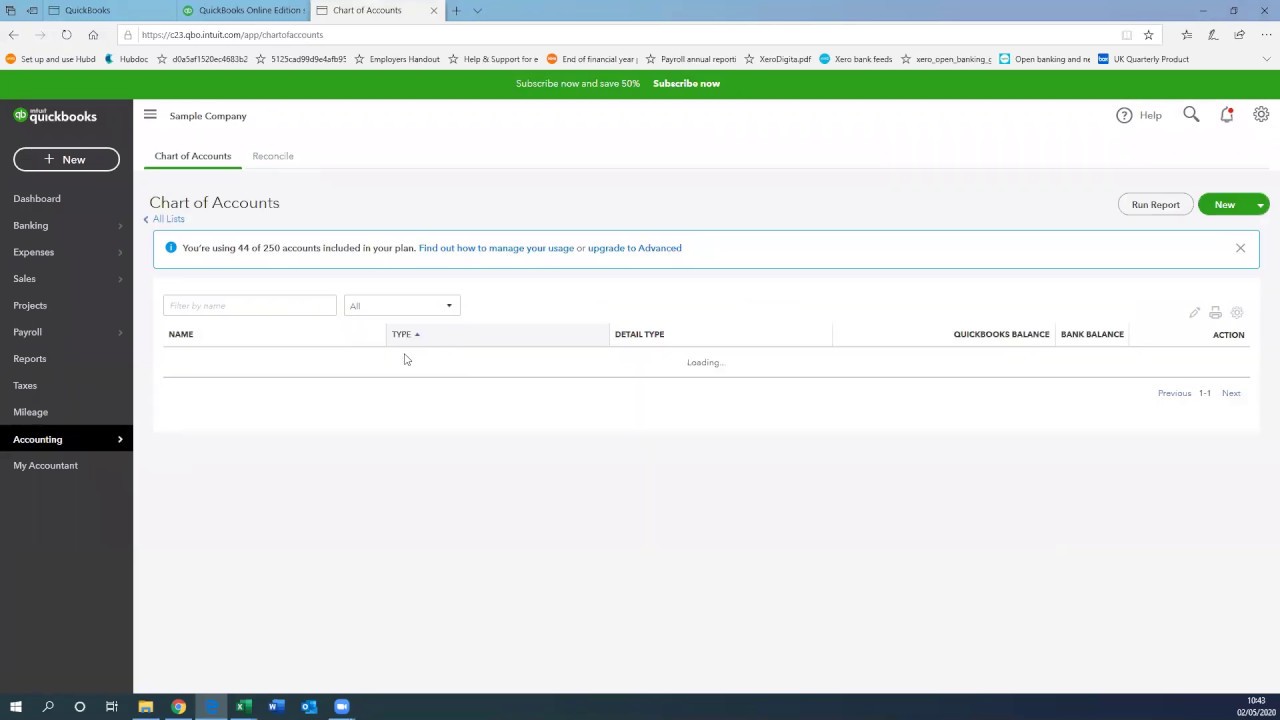Home>Finance>What Is The Best Way To Pay Down Revolving Credit?


Finance
What Is The Best Way To Pay Down Revolving Credit?
Published: February 29, 2024
Learn the best ways to pay down revolving credit and manage your finances effectively. Get expert tips and advice on finance management.
(Many of the links in this article redirect to a specific reviewed product. Your purchase of these products through affiliate links helps to generate commission for LiveWell, at no extra cost. Learn more)
Table of Contents
Introduction
Revolving credit is a financial tool that allows individuals to borrow up to a certain limit and make regular payments based on the outstanding balance. This type of credit, commonly associated with credit cards, offers flexibility and convenience but requires responsible management to avoid excessive debt accumulation. When it comes to paying down revolving credit, individuals often face the dilemma of choosing the most effective method. In this article, we will explore the different strategies for paying down revolving credit and provide insights into the best approach based on individual financial circumstances.
Paying down revolving credit is a crucial aspect of maintaining a healthy financial profile. It not only helps in reducing debt but also contributes to improving credit scores and overall financial well-being. With various repayment methods available, it's essential to understand the differences between them and how they can impact one's financial situation.
By delving into the nuances of paying down revolving credit, individuals can gain a deeper understanding of the available options and make informed decisions that align with their financial goals. Whether it's prioritizing high-interest debt or focusing on clearing smaller balances, the choice of repayment strategy can significantly influence the journey toward financial freedom and stability.
In the following sections, we will explore the snowball method, the avalanche method, and the hybrid method, each offering a distinct approach to paying down revolving credit. Additionally, we will discuss the factors to consider when choosing a repayment strategy, empowering individuals to make well-informed choices that resonate with their unique financial circumstances. Let's embark on this insightful exploration of paying down revolving credit and discover the most effective ways to achieve financial freedom.
Understanding Revolving Credit
Revolving credit is a type of credit that allows individuals to borrow funds up to a predetermined limit and make regular payments based on the outstanding balance. Unlike installment credit, which involves borrowing a specific amount and repaying it in fixed installments over a defined period, revolving credit offers more flexibility in terms of borrowing and repayment. Common examples of revolving credit include credit cards, home equity lines of credit (HELOCs), and personal lines of credit.
One of the defining features of revolving credit is the ability to borrow, repay, and borrow again within the specified credit limit. This flexibility provides individuals with ongoing access to funds, making it a convenient financial tool for managing day-to-day expenses, unexpected costs, and larger purchases. However, the ease of borrowing associated with revolving credit also poses the risk of accumulating high-interest debt if not managed responsibly.
With revolving credit, individuals are typically required to make minimum monthly payments based on the outstanding balance. These payments often consist of both a portion of the principal amount borrowed and the accrued interest. While making minimum payments ensures that the account remains in good standing, it can lead to prolonged repayment periods and increased interest costs, especially when carrying high balances.
Furthermore, revolving credit accounts are associated with variable interest rates, meaning that the cost of borrowing can fluctuate based on market conditions and other factors. This variability can impact the overall affordability of carrying revolving credit balances, making it crucial for individuals to monitor interest rate changes and their potential effects on repayment obligations.
Understanding the nature of revolving credit is essential for making informed decisions regarding borrowing, repayment, and overall financial management. By grasping the fundamental concepts and features of revolving credit, individuals can navigate its advantages and pitfalls more effectively, ultimately optimizing its utility while mitigating potential risks.
Different Methods for Paying Down Revolving Credit
When it comes to paying down revolving credit, individuals have several methods at their disposal, each offering a distinct approach to reducing outstanding balances and managing debt. Understanding these methods is crucial for devising an effective repayment strategy that aligns with one’s financial goals and circumstances. Below, we explore three popular approaches for paying down revolving credit:
- The Snowball Method: This repayment strategy involves prioritizing debts based on their outstanding balances, with a focus on clearing smaller debts first while making minimum payments on larger debts. As smaller balances are paid off, the freed-up funds are then directed toward tackling larger debts. The snowball method aims to build momentum and motivation by celebrating small victories, ultimately leading to the gradual elimination of multiple debts.
- The Avalanche Method: In contrast to the snowball method, the avalanche method prioritizes debts based on their interest rates, with a focus on tackling high-interest debts first while making minimum payments on lower-interest debts. By targeting high-interest balances, this approach aims to minimize the overall interest costs associated with revolving credit, potentially accelerating the debt payoff process and saving money in the long run.
- The Hybrid Method: As the name suggests, the hybrid method combines elements of the snowball and avalanche approaches, offering a balanced strategy for paying down revolving credit. This method involves assessing both outstanding balances and interest rates to create a customized repayment plan that addresses both the psychological and financial aspects of debt management. By leveraging the strengths of both the snowball and avalanche methods, individuals can tailor their approach to align with their unique priorities and preferences.
Each of these methods presents a unique perspective on debt repayment, catering to different financial preferences, psychological motivations, and long-term objectives. By evaluating the characteristics of each method, individuals can choose the approach that resonates most with their financial circumstances and empowers them to make meaningful progress toward debt freedom.
The Snowball Method
The snowball method is a popular debt repayment strategy that focuses on clearing multiple debts by prioritizing those with the smallest outstanding balances. This approach, championed by personal finance experts, emphasizes the psychological and motivational benefits of achieving quick wins in the debt payoff journey.
When implementing the snowball method, individuals start by listing all their revolving credit accounts along with their respective outstanding balances. They then allocate extra funds, beyond the minimum payments, toward the debt with the smallest balance while making minimum payments on all other debts. By concentrating on eliminating the smallest balance first, individuals can experience a sense of accomplishment and progress relatively quickly, laying the groundwork for continued momentum in their debt repayment efforts.
As each smaller debt is paid off, the freed-up funds that were previously dedicated to that debt are then redirected toward the next smallest balance. This cascading effect creates a snowballing impact, allowing individuals to tackle larger debts with increasing financial resources as they progress through their repayment plan.
While the snowball method may not necessarily result in the lowest overall interest costs, its focus on building motivation and momentum can be particularly impactful for individuals who are seeking psychological encouragement and tangible milestones in their debt payoff journey. By celebrating each debt clearance, individuals using the snowball method can experience a powerful sense of achievement, reinforcing their commitment to the overall repayment process.
Ultimately, the snowball method’s effectiveness lies in its ability to harness the psychological aspects of debt management, providing individuals with a structured and rewarding approach to paying down revolving credit. By leveraging the motivational power of quick wins, the snowball method empowers individuals to stay engaged and proactive in their journey toward financial freedom.
The Avalanche Method
The avalanche method is a strategic approach to paying down revolving credit that prioritizes debts based on their interest rates, aiming to minimize overall interest costs and accelerate the debt payoff process. This method is grounded in the principle of tackling high-interest debts first, thereby optimizing the allocation of financial resources toward the most cost-effective debt reduction strategy.
When implementing the avalanche method, individuals begin by identifying all their revolving credit accounts and their corresponding interest rates. They then allocate additional funds, beyond the minimum payments, toward the debt with the highest interest rate while maintaining minimum payments on all other debts. By focusing on high-interest balances, individuals can effectively contain the growth of interest costs, potentially saving substantial amounts over the course of their repayment journey.
As the highest-interest debt is paid off, the funds that were previously dedicated to that debt are then redirected toward the next highest-interest balance. This systematic approach enables individuals to systematically chip away at their debts, gradually reducing the overall interest burden and expediting the elimination of costly balances.
While the avalanche method may not provide the immediate psychological rewards of the snowball method, its emphasis on interest cost optimization can lead to significant long-term savings and a more efficient debt payoff timeline. By strategically targeting high-interest debts, individuals can mitigate the financial impact of revolving credit, ultimately freeing up resources for other financial goals and priorities.
By harnessing the power of interest rate prioritization, the avalanche method empowers individuals to take a calculated and financially prudent approach to paying down revolving credit. Through diligent execution of this method, individuals can gain control over their debt obligations and pave the way for a more financially secure future.
The Hybrid Method
The hybrid method represents a balanced approach to paying down revolving credit, combining elements of both the snowball and avalanche methods to create a customized and versatile debt repayment strategy. By integrating considerations of outstanding balances and interest rates, the hybrid method offers individuals a comprehensive framework for managing their debts based on a blend of financial efficiency and psychological motivation.
When implementing the hybrid method, individuals begin by assessing their revolving credit accounts, taking into account both the outstanding balances and the associated interest rates. They then allocate additional funds, beyond the minimum payments, toward a strategically chosen debt, considering factors such as the balance size, interest rate, and personal motivation. This tailored approach allows individuals to address their debts in a manner that aligns with their financial priorities and emotional inclinations.
By leveraging the strengths of both the snowball and avalanche methods, the hybrid approach empowers individuals to experience the psychological satisfaction of quick wins while also optimizing the allocation of resources to contain interest costs. This dual focus on emotional encouragement and financial prudence creates a well-rounded debt repayment strategy that resonates with a diverse range of personal preferences and financial circumstances.
As debts are progressively paid off using the hybrid method, individuals can adapt and recalibrate their repayment plan based on changing priorities, financial resources, and motivational factors. This adaptive nature allows for a dynamic and responsive approach to debt management, ensuring that individuals remain engaged and committed throughout their repayment journey.
Ultimately, the hybrid method offers a flexible and holistic framework for paying down revolving credit, accommodating the multifaceted aspects of debt repayment. By integrating personalized considerations of both financial efficiency and psychological motivation, the hybrid method equips individuals with a versatile tool for effectively managing their debts and making tangible progress toward financial freedom.
Factors to Consider When Choosing a Repayment Strategy
When selecting a repayment strategy for paying down revolving credit, individuals should carefully consider a range of factors to ensure that their chosen approach aligns with their financial goals, personal preferences, and overall circumstances. By taking the following considerations into account, individuals can make informed decisions that optimize their debt repayment journey:
- Outstanding Balances: Assessing the sizes of outstanding balances is crucial when choosing a repayment strategy. Individuals may prioritize clearing smaller balances first for psychological motivation or focus on larger balances to contain overall interest costs.
- Interest Rates: Understanding the interest rates associated with revolving credit accounts is essential. High-interest debts can significantly contribute to overall interest costs, prompting individuals to consider prioritizing them for more efficient debt reduction.
- Psychological Motivation: Personal motivation plays a significant role in debt repayment. Some individuals may benefit from the psychological satisfaction of quick wins, favoring the snowball method, while others may prioritize interest cost savings, making the avalanche method more appealing.
- Financial Discipline: Consideration of individual financial discipline is vital. Those who require a structured and motivating approach may find the snowball method beneficial, while individuals with strong financial discipline may opt for the avalanche method to minimize interest costs.
- Long-Term Savings: Evaluating the potential long-term savings resulting from interest cost containment is essential. The avalanche method may be preferred by individuals seeking to optimize their overall debt payoff timeline and save on interest expenses.
By carefully evaluating these factors, individuals can make well-informed decisions when choosing a repayment strategy for paying down revolving credit. Whether prioritizing psychological motivation, interest cost optimization, or a balanced approach, the selected method should resonate with individual financial priorities and contribute to meaningful progress toward debt freedom.
Conclusion
Paying down revolving credit is a pivotal step toward achieving financial stability and freedom. By exploring the various methods for debt repayment and considering the factors that influence the choice of a repayment strategy, individuals can embark on a purposeful journey toward reducing debt and enhancing their financial well-being.
Whether utilizing the snowball method to harness the power of quick wins, implementing the avalanche method to optimize interest cost containment, or embracing the hybrid method to balance psychological motivation and financial efficiency, individuals have the opportunity to tailor their debt repayment approach to align with their unique circumstances and aspirations.
It is essential for individuals to recognize that the effectiveness of a chosen repayment strategy extends beyond financial considerations; it also encompasses psychological motivation, personal discipline, and long-term financial objectives. By carefully weighing these factors, individuals can make informed decisions that empower them to make tangible progress in paying down revolving credit and ultimately achieving debt freedom.
Ultimately, the journey toward paying down revolving credit is a personal and transformative endeavor. By leveraging the insights and strategies discussed in this article, individuals can navigate the complexities of debt repayment with confidence, resilience, and a clear vision of their financial future.
As individuals embark on their debt repayment journey, it is important to remember that progress, regardless of the chosen method, is a testament to their commitment to financial well-being. Each step taken toward reducing debt brings them closer to the attainment of their financial goals and the realization of a more secure and prosperous future.














